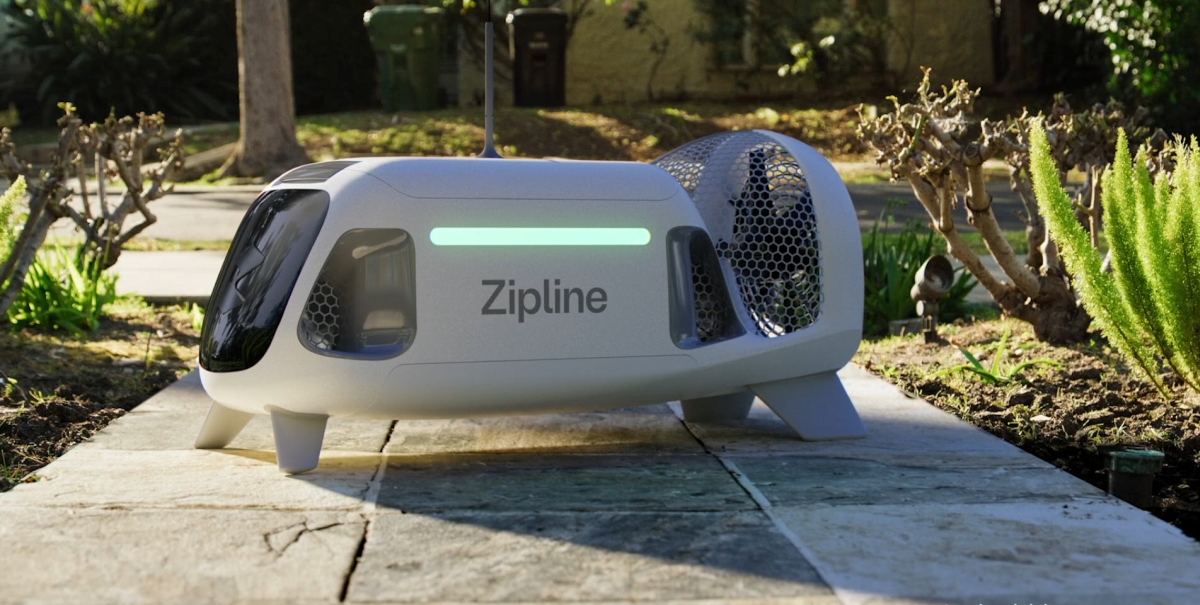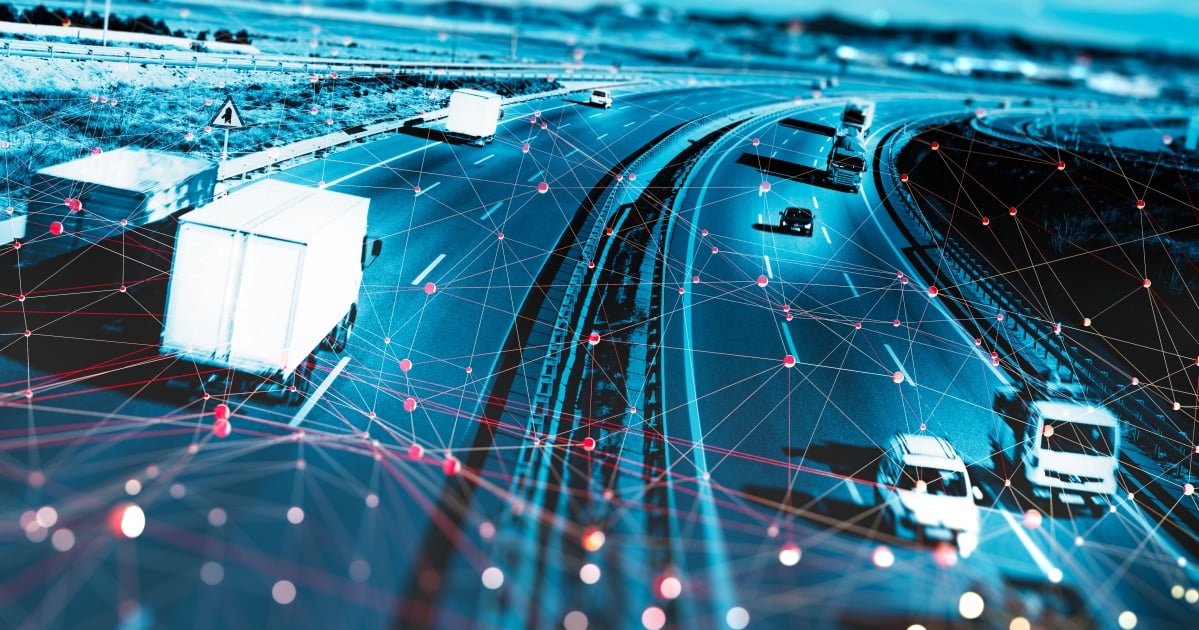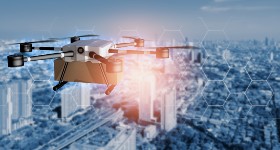The US DOT and National Highway Traffic Safety Administration today issued a joint statement offering support for the development of Automated Vehicles, and industry safety standards for their use and testing.
This is a great endorsement to the industry, and judging by the six month, accelerated deadline for recommendations, a welcome priority for the administration.
Read the statement below.
DOT and NHTSA policy is to facilitate and encourage wherever possible the development and deployment of technologies with the potential to save lives.
To that end, NHTSA will use all available tools to determine the safety potential of new technologies; to eliminate obstacles that would prevent or delay technology innovations from realizing that safety potential; and to work with industry, governmental partners at all levels, and other stakeholders to develop or encourage new technologies and accelerate their adoption where appropriate.
The rapid development of emerging automation technologies means that partially and fully automated vehicles are nearing the point at which widespread deployment is feasible. Essential to the safe deployment of such vehicles is a rigorous testing regime that provides sufficient data to determine safety performance and help policymakers at all levels make informed decisions about deployment. Industry plays a key role in this process by both conducting such testing and in providing data that establish the safety benefits of automation technologies that exceed the current level of roadway safety. Within six months, NHTSA will propose best-practice guidance to industry on establishing principles of safe operation for fully autonomous vehicles (vehicles at Level 4 on the scale established in NHTSA’s 2013 preliminary policy statement).
DOT/NHTSA will continue to work with the States, with other governmental entities and with industry to help ensure that this testing takes place in a way that protects safety on today’s roads while increasing safety for tomorrow. The agency will work with states to craft and propose model policy guidance that helps policymakers address issues in both the testing and the wider operational deployment of vehicles at advanced stages of automation and offers a nationally consistent approach to autonomous vehicles. For policymakers at all levels, the governing principal should be that technologies with proven, data-supported benefits that would make roads safer should be encouraged. DOT/NHTSA is committing to proposing this model policy within six months.
NHTSA will continue its extensive research program to maintain its broad and deep understanding of new technologies. This knowledge base is essential in the agency’s efforts to determine what new tools might be necessary to ensure advanced technologies achieve their life-saving potential.
NHTSA will continue its efforts, in concert with other entities within and outside DOT, to incentivize the development and adoption of technologies using vehicle-to-vehicle and vehicle-to-infrastructure communications, so that Americans enjoy the full benefits of connected-vehicle safety technology.
NHTSA will fully utilize its currently available regulatory tools, such as interpretations and exemptions, to more rapidly enable safety innovations. The agency encourages manufacturers to, when appropriate, seek use of NHTSA’s existing exemption authority to field test fleets that can demonstrate the safety benefits of fully autonomous vehicles. However, it is becoming clear that existing NHTSA authority is likely insufficient to meet the needs of the time and reap the full safety benefits of automation technology. Through these processes, NHSTA will determine whether its authorities need to be updated to recognize the challenges autonomous vehicles pose.
This is an area of rapid change, which requires DOT and NHTSA to remain flexible and adaptable as new information and technologies emerge. Amid that rapid change, the North Star for DOT and NHTSA remains safety. All the department’s activities in the area of automated and connected vehicles will keep its life-saving mission as their focus.
Let’s hope they take into account the stringent safety measures already in use by the connected transportation industry and bring in some of these professionals to help craft the new standards.
Home, Jeeves.
Edited by
Kyle Piscioniere





